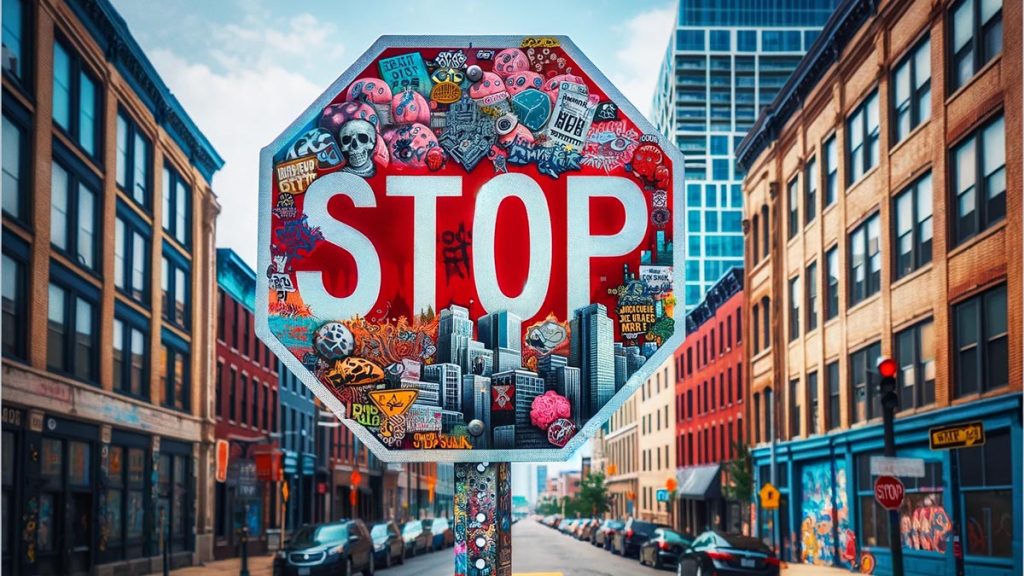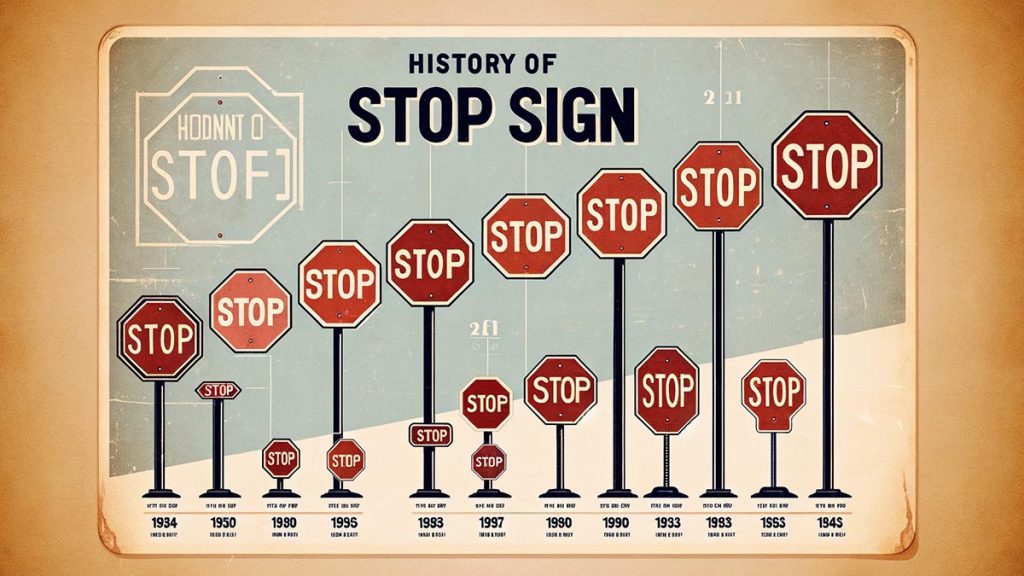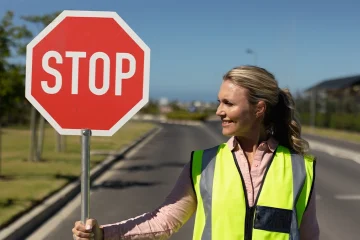Stop Sign Street Art – Funny or illegal?
“Stop Sign Art” is an urban art form that involves the creative modification of public road signs, especially stop signs. This artistic movement has spread worldwide, where artists, often graffiti artists, use these signs as canvases to convey messages or simply to beautify the urban environment.

History and Significance of Stop Sign Art
The roots of Stop Sign Art trace back to the mid-20th century, when urban artists began modifying public signage and boards as a form of art. This art direction has since grown in popularity and acceptance, especially in the 2000s, when social media and digital photography enabled the widespread sharing of these works.
Techniques and Styles
Stop Sign Art typically includes images and texts painted or affixed to the signs. Popular techniques include the use of stencils, stickers, and painting directly on the sign. Artists often use playful, provocative, or socially critical elements that encourage passersby to reconsider the original message of the sign or societal norms.
Legal and Ethical Issues
Stop Sign Art often faces legal challenges, as modifying public signs can be illegal in many cases. However, artists and their supporters often argue that this form of art is part of free expression and provides an opportunity for community dialogue and urban environment revitalization.
Community and Cultural Impact
Stop Sign Art has significant community and cultural impact. In some cities, artists and local governments collaborate to officially allow and support this art form as a tool for urban renewal and community engagement. These projects can contribute to the revitalization of urban areas and increase community pride.
Thus, Stop Sign Art is not just an artistic direction but a dynamic cultural phenomenon that raises questions about the use of public space, the freedom of artistic expression, and the significance of community space in modern society.


